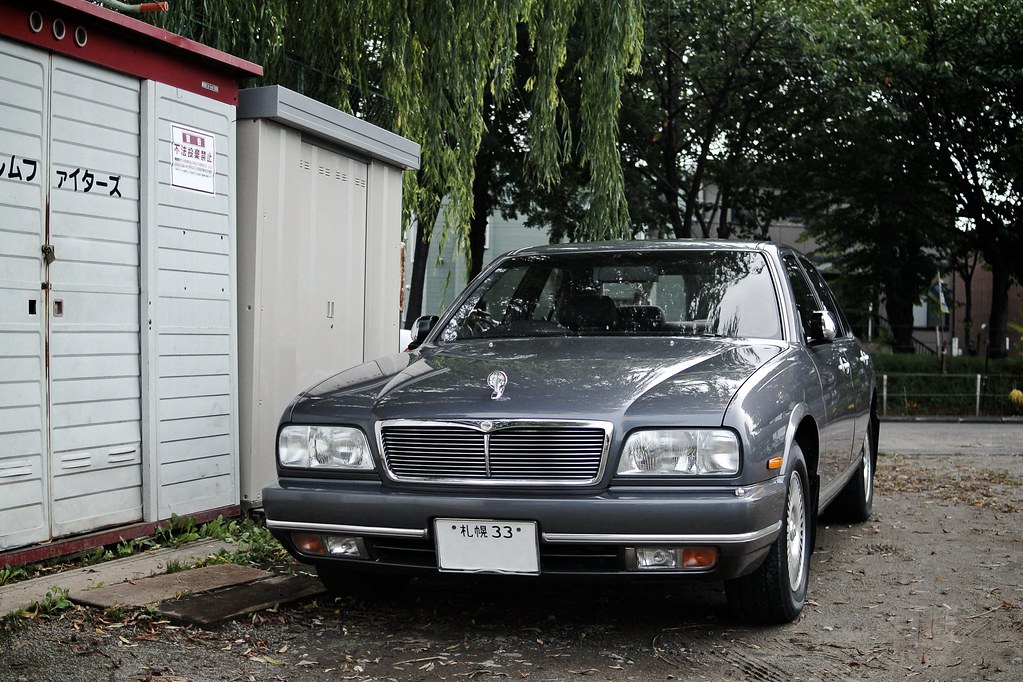
Let’s be real, no one *enjoys* paying for car insurance. It’s one of those necessary evils, a fundamental part of owning a vehicle that can feel like a bottomless pit of premiums. But what if we told you that cutting down your car insurance costs doesn’t have to be a Herculean task? What if there were genuine, proven strategies that could significantly lighten that financial load, potentially by 30% or even more?
It’s not a pipe dream! While factors like your driving record, location, vehicle type, and coverage level do play a part – and some of those are out of your immediate control – there’s a whole universe of effective strategies just waiting for you to tap into. From playing the field with different insurers to cleverly bundling your policies, and even making small tweaks to how you manage your payments, big savings are absolutely within reach. Seriously, who doesn’t love saving money?
So, get ready to transform your approach to car insurance! We’re diving deep into 15 simple, actionable ways you can start lowering your car insurance premiums right now. These aren’t just vague suggestions; they’re expert-backed tips that can lead to some seriously sweet savings over time. Let’s get started on your journey to cheaper car insurance, because who doesn’t want more cash in their pocket?
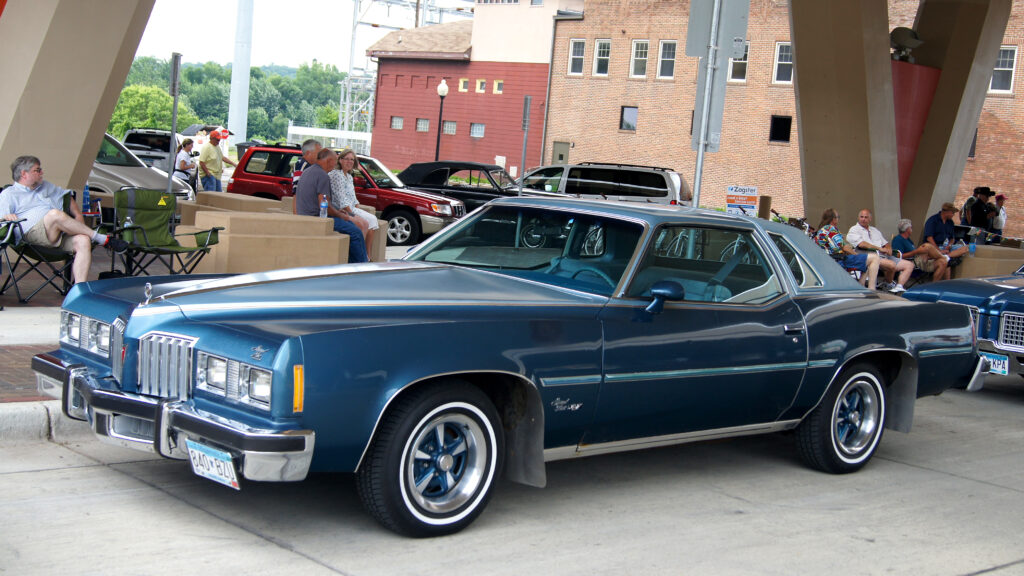
1. **Shop Around Like a Pro**This might sound like the most obvious tip, but it’s absolutely, positively the most impactful thing you can do to save on car insurance. Prices for the same exact coverage can vary wildly between different companies, sometimes by hundreds of dollars. Just because you’ve been with an insurer for years doesn’t mean they’re still offering you the best deal, and the only way to truly know is to shop around.
Experts like Fran Majidi, an insurance expert at Modotech, put it plainly: “Comparing car insurance prices before each renewal will show you which insurer is willing to offer you the best rate.” Think of it as dating – you wouldn’t marry the first person you met without checking out other options, right? Your car insurance is no different. Make it a habit to compare regularly, especially at renewal time.
For those who might be considered high-risk drivers – perhaps due to a history of accidents, license suspension, insurance lapses, or DUIs – comparison shopping becomes even more critical. Majidi points out that “specialty insurers may offer you better rates than a traditional car insurance company” if you fall into this category. Don’t assume one size fits all; there’s always a company out there looking to serve your specific needs.
Getting quotes is easier than ever. You can do it all from the comfort of your couch by visiting individual insurer websites or using a quote comparison site that gathers multiple options for you at once. If you prefer a more personal touch, an independent car insurance agent can answer your questions and fetch quotes from several insurers, unlike a captive agent who only works with one company. Just remember the golden rule: make sure you compare policies with similar coverage amounts so you’re truly comparing apples-to-apples.
Read more about: 14 Unlikely Automotive Heroes: The Cars That Shocked Everyone and Redefined Success
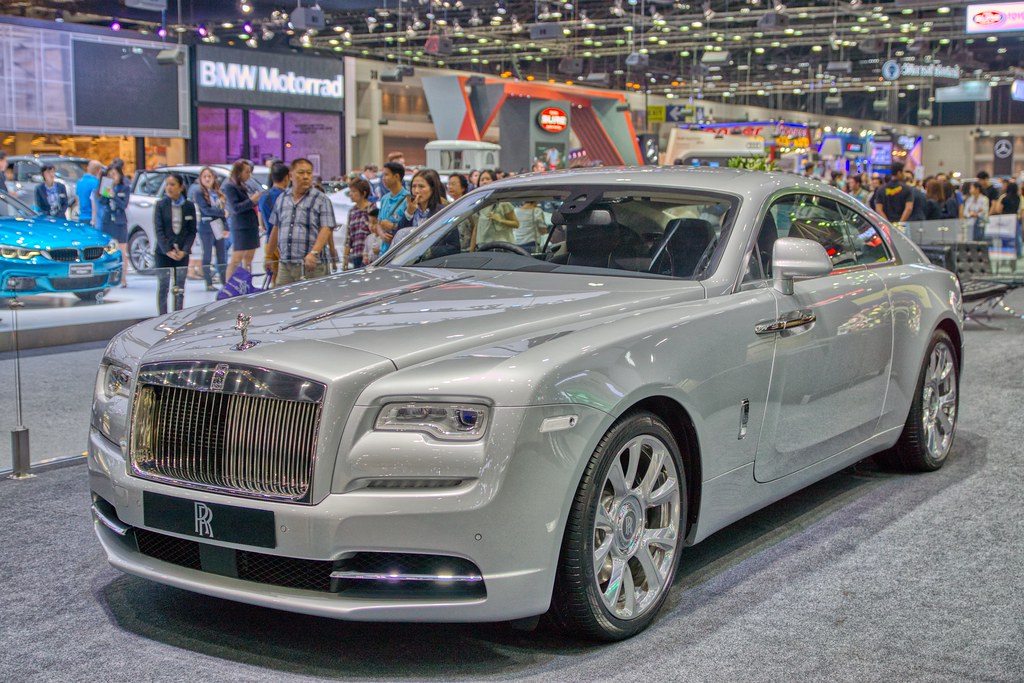
2. **Master the Art of Bundling**Who doesn’t love a good package deal? Bundling your insurance policies is like that, but way better because it puts money back in your wallet. It’s consistently one of the best strategies for lowering your rates, and you’ve probably seen plenty of commercials promoting the ability to combine auto and home insurance. This isn’t just advertising fluff; it’s a legitimate pathway to deep discounts.
For example, purchasing homeowners insurance from the same company that provides your car insurance can earn you a significant price break. We’re talking multi-policy discounts that can be more than 9%, and national averages show savings of 13% for auto and homeowners insurance. If you live in a condo, that’s 12% for auto and condo, and even renters can snag a 6% discount by bundling auto and renters insurance. The savings don’t stop there; you might even find discounts for combining auto with life, boat, motorcycle, or RV insurance.
Beyond just different types of policies, you can also leverage “multi-vehicle discounts.” This means insuring multiple vehicles under the same policy rather than purchasing separate ones for each car. This is a fantastic opportunity for families or individuals with more than one ride to simplify their insurance management while simultaneously reducing the per-car premium. The combined savings from bundling vehicles can really add up, making it a smart move for any household with multiple cars.
Now, here’s a crucial caveat to keep in mind: bundling doesn’t *always* guarantee the absolute cheapest rate. While often a fantastic deal, it’s essential to compare what it would cost to purchase your policies separately versus the price break you get on a bundle. There might be a scenario where buying a home policy on its own and getting auto coverage from a company with the cheapest individual rates actually saves you more. So, always do your homework and compare those numbers!
Read more about: Beyond Bidding Wars: 13 Studio Strategies and Megamergers Driven by Industry Moguls That Curtailed Independent Joint Ventures in Hollywood
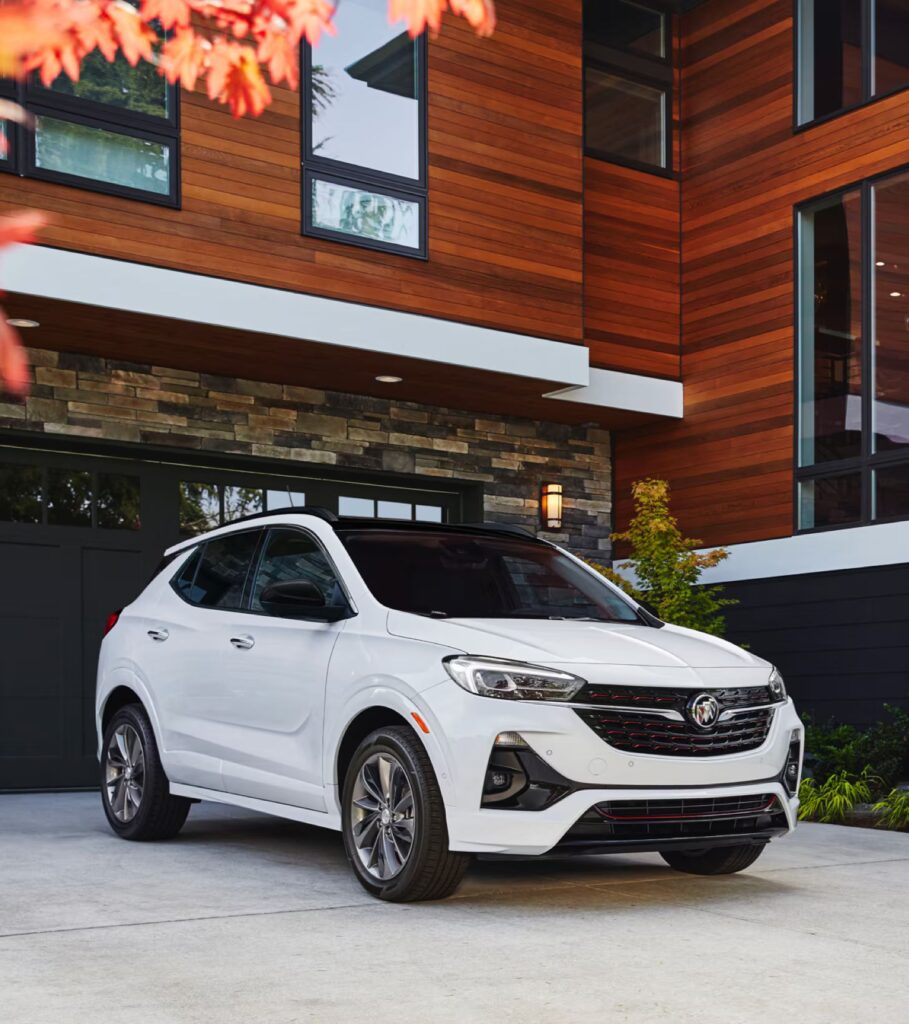
3. **Boost Your Deductible (Wisely!)**This tip is a straightforward path to lower premiums, but it comes with a condition: you need to be financially prepared. Your deductible is the amount you agree to pay out of your own pocket before your insurance coverage kicks in after a claim. Here’s the deal: if you’re willing to shoulder a bit more of that initial cost, your insurer sees less risk and rewards you with lower monthly rates.
The numbers speak for themselves. Raising your collision and comprehensive deductibles from a common $250 to $500 can significantly impact your rates. For instance, Nationwide suggests you might save anywhere from 15% to 30%. If you’re really brave and can comfortably increase your deductibles to $1,000, the savings could soar as high as 40%. To give you a real-world example, increasing a full coverage deductible from $250 to $500 could save you $462 per year, and bumping it to $1,000 could net a whopping $765 in annual savings.
However, and this is a *big* however, remember that a higher deductible means you’ll pay more out of pocket if you get into an accident and need vehicle repairs. Imagine saving a few hundred dollars on premiums annually, only to face a $1,000 repair bill you can’t easily cover. An expensive repair bill could easily surpass any savings you made on the front end, turning your smart saving strategy into a financial headache.
The trick is to find that sweet spot – a deductible amount you can comfortably afford in the event of an accident or claim without straining your finances. Before making the switch, carefully evaluate your savings and consider how much you could easily cover without disrupting your budget. The goal is to benefit from those premium savings while ensuring you’re not left financially vulnerable should an unfortunate incident occur. It’s all about balance!
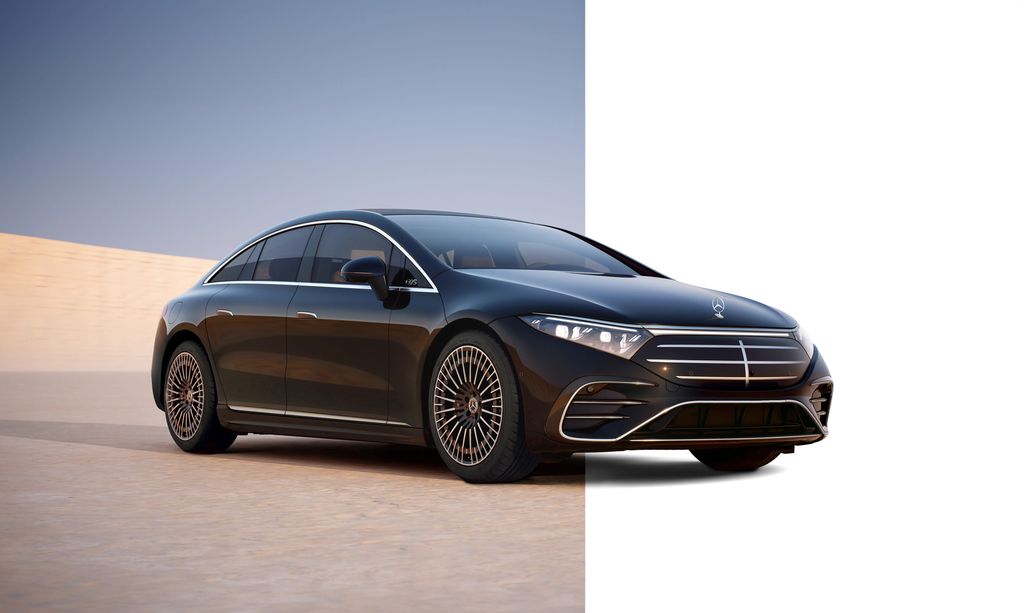
4. **Keep That Driving Record Sparkling Clean**This one is probably less of a “secret tip” and more of a “common sense” approach, but its impact on your car insurance rates cannot be overstated. Your driving record is like your financial report card to insurers; it tells them exactly what kind of risk you pose. And here’s the best part: maintaining a clean driving record falls completely within your control, making it one of the most empowering ways to save.
Poor driving history, unfortunately, can disqualify you from getting the cheapest car insurance rates. Insurers scrutinize your record for any red flags that indicate a high level of risk. Speeding tickets, at-fault accidents, and especially citations for driving under the influence (DUIs) are massive red flags that will almost certainly send your insurance rates skyrocketing. These incidents suggest you’re more likely to file costly claims, and insurers adjust your premiums accordingly.
On the flip side, a spotless record is gold! Insurers love responsible drivers and are often willing to reward them. Good driver discounts can save you a pretty penny, potentially up to 25% on your premiums. To qualify for these coveted discounts, insurance companies typically require that you have a clean driving record for at least three years, meaning no DUIs, no moving violations, and no at-fault collisions within that timeframe.
So, drive sensibly and cautiously. Pay attention to your speed, resist the urge to run that yellow light, and always drive defensively. Not only are you protecting your own well-being and the safety of others on the road, but you’re also diligently working towards getting and keeping cheap car insurance. You’ll avoid surcharges that plague those with spotty records and consistently receive those attractive good driver discounts. It’s a win-win!
Read more about: Seven Surprising Reasons Your New Vacuum Is Losing Its Suction After Just 7 Uses (and How to Bring It Back to Life!)

5. **Pick Your Ride Smartly (Insurance-Wise)**When you’re excitedly shopping for a new set of wheels, it’s easy to get swept up in features like fuel efficiency, horsepower, or the latest tech gadgets. But hold on a second! A truly smart car buyer considers the insurance cost *before* signing on the dotted line. This often overlooked factor can significantly impact your long-term savings, making your vehicle choice a key player in your insurance strategy.
Insurance companies assess vehicles based on their risk profile. This includes a deep dive into factors like crash test results, the typical repair expenses for that specific make and model, how likely it is to be stolen, and even the demographics of drivers usually associated with it. Cars that are cheaper to repair or replace generally have more affordable rates because, well, they’re less costly for the insurer in the event of a claim. So, don’t make the mistake of thinking that the “cheaper the car, the cheaper the insurance” – it doesn’t always work that way!
Instead, when you’re car shopping, make comparing car insurance rates by vehicle a non-negotiable step. There are certain models consistently favored by insurance companies due to their excellent safety records, lower repair costs, and lower-than-average accident claim rates. Think about vehicles like the Honda CR-V (known for affordable repairs and strong crash-test performance), the Subaru Forester (advanced safety features, low theft rates), the Mazda CX-5 (reliable, fuel-efficient, and cost-effective to repair), the Hyundai Tucson (strong safety ratings and competitive insurance costs), or the Chevrolet Equinox (safe, practical, and budget-friendly to insure). These models often attract responsible drivers, further contributing to their lower insurance premiums.
Organizations like the Insurance Institute for Highway Safety (IIHS) and the Highway Loss Data Institute (HLDI) play a crucial role here. They conduct rigorous crash tests and safety evaluations, providing insurers with vital insights into how well vehicles protect occupants. Cars that perform exceptionally well in these tests, earning high safety ratings, typically qualify for lower insurance premiums. By prioritizing vehicles with strong safety performance, you not only enhance your protection on the road but also secure more affordable insurance rates – a brilliant combination of safety and savings.

6. **Pay Upfront, Save Big**Here’s a simple financial hack that many drivers overlook: how you choose to pay your car insurance premium can lead to significant savings. When your policy comes up for renewal, usually every six months or annually, you’re presented with a choice: pay the entire premium upfront in one lump sum or opt for monthly installments. If you can manage the upfront payment, you’re in for a treat!
Drivers who pay their premium upfront for a six-month or annual policy will save an average of 9%. That’s not a small change! For a full coverage policy, a paid-in-full discount can net a savings of about $232 per year. To put it in perspective, drivers with this discount might spend around $2,281 annually on car insurance compared to $2,513 without the discount. Depending on your car insurance company, you could land a discount anywhere between 6% to 14% just by choosing this payment method.
So, why do insurers offer such a sweet deal? It primarily boils down to administrative costs and risk. When you pay monthly, the insurance company incurs additional administrative fees for processing multiple payments throughout the year. There’s also a slightly higher risk of missed payments or policy lapses. By paying annually, you eliminate these costs and risks for the insurer, and they’re happy to pass some of those savings on to you.
If the idea of a large upfront payment feels daunting, don’t worry! You can still work towards this saving strategy. Consider setting aside a monthly amount in a separate savings account, effectively saving up for your next premium. That way, when renewal time rolls around, you’ll have the funds ready to pay in full, snagging that awesome discount and enjoying the convenience of not having to think about insurance payments for another six months or a year. It’s a proactive step that truly pays off!
Read more about: Your Ultimate Guide: 14 Critical Car Rental Mistakes Abroad (And How to Dodge Them!)
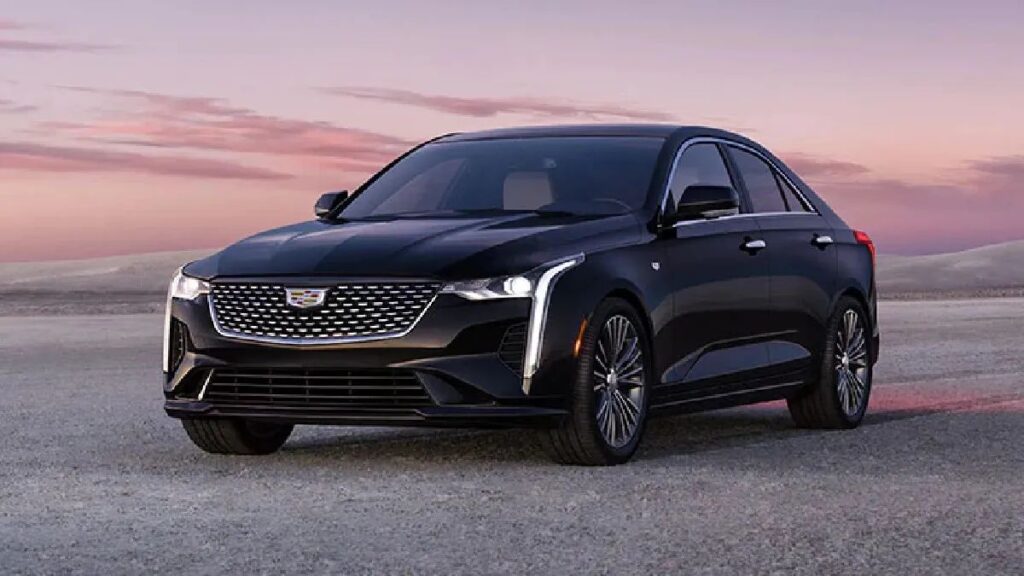
7. **Embrace Telematics & Usage-Based Programs**Get ready for a glimpse into the future of car insurance, because telematics and usage-based programs are here, and they’re ready to reward your safe driving habits! This innovative car insurance option uses technology to monitor how you actually drive, transforming your real-world behavior into potential savings. It’s like having a personalized driving coach who also happens to be your discount provider.
How does it work? Typically, it involves either installing a small device in your vehicle or simply using a mobile app on your smartphone. This tech then tracks a range of behaviors: your speed, how aggressively you brake or accelerate, the total miles you drive, and even the time of day you’re usually on the road. Insurers gobble up this data to assess your individual risk level, moving beyond traditional factors to get a clearer picture of *you* as a driver.
The exciting part is the payoff! If you’re a consistently safe driver, you can unlock some truly significant discounts or receive personalized rates that are much lower than standard premiums. Many telematics programs, such as Allstate’s Drivewise or Progressive’s Snapshot, offer discounts for good drivers ranging from 5% all the way up to an incredible 40%. Some programs, like DriveEasy, are specifically designed to provide significant savings for those who demonstrate consistently safe driving patterns, actively encouraging safer habits while reducing costs.
However, it’s only fair to mention the flip side. While these programs are fantastic for responsible drivers, “bad drivers beware!” Some insurers will actually increase your premium if your driving score is consistently low, indicating risky behavior. So, while it’s a golden opportunity for safe drivers to save big, it’s also a powerful incentive to maintain those excellent driving habits. If you’re confident in your safe driving, signing up for a telematics program could be one of the smartest moves you make for your wallet!
Alright, so you’ve already mastered the big-ticket items like shopping around and keeping your driving record sparkling. Now, let’s dive into some equally powerful, yet often overlooked, strategies that can send your car insurance premiums plummeting even further. We’re talking specialized discounts, credit score wizardry, and some smart policy management that will have you feeling like a true savings guru. Get ready to unlock those extra layers of discounts!
Read more about: Unlock Massive Savings: 14 Expert-Backed Strategies to Slash Your Car Insurance by 30% or More
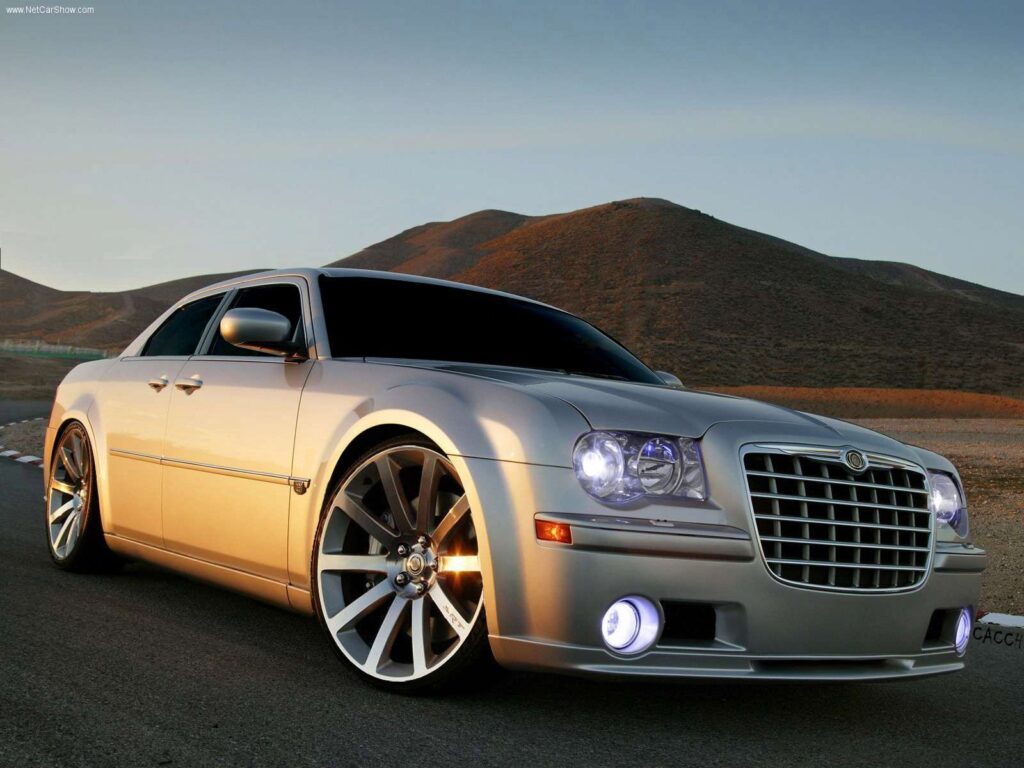
8. **Unlock Low-Mileage Discounts**Ever feel like you’re just not driving as much as you used to? Maybe you’re working from home more, or perhaps your commute is just a hop and a skip away. If so, your insurance company might just want to give you a high-five (and a discount!) for keeping those odometer numbers low. Infrequent drivers are often seen as lower risk, and insurers are happy to reward that.
Turns out, being a homebody with your car can really pay off! Drivers who log less than 7,500 annual miles can snag an average 9% discount on their premiums. Even if you’re hitting the road a bit more, say between 10,000 and 11,999 miles a year, you could still score a solid 6% discount. It’s a sweet deal for those who aren’t constantly racking up the miles.
These discounts exist because less time on the road generally means less exposure to potential accidents. It’s a win-win: you’re saving on gas, reducing wear and tear on your vehicle, and now, you’re saving on insurance too. So, if your car spends more time chilling in the driveway than cruising the highways, make sure you’re asking your insurer about their low-mileage programs!
Read more about: Steer Clear of the Sales Pitfalls: 14 Dealer Tactics to Master Before Buying Your Next Car
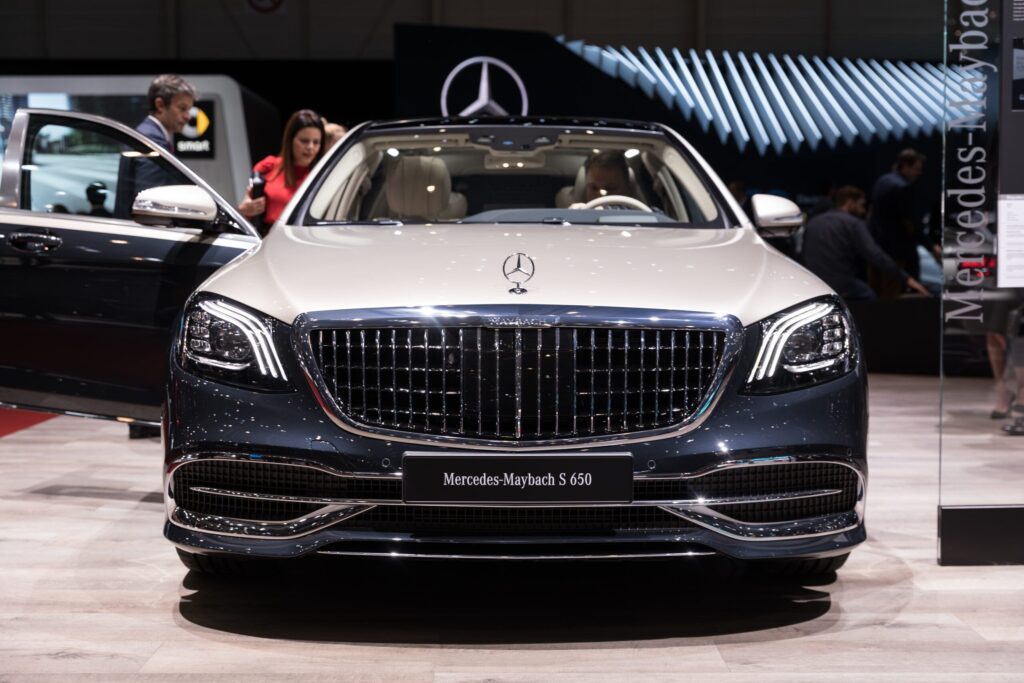
9. **Consider Pay-Per-Mile Policies**Speaking of low mileage, what if your driving habits are *really* infrequent? Like, “only drive to the grocery store once a week” infrequent? Then a traditional low-mileage discount might not even be scratching the surface of your potential savings. Enter pay-per-mile insurance, a game-changer for truly occasional drivers.
This isn’t just a discount; it’s a whole different way of doing car insurance. Instead of a flat monthly rate based on estimates, a pay-per-mile policy typically charges you a low monthly base rate – think around $30 – plus a small fee for each mile you actually drive, like $0.08 per mile. Imagine the savings if you only drive a few hundred miles a month!
This type of policy is a perfect fit for those who rarely commute or primarily use public transportation. It accurately reflects your actual risk by linking your premium directly to your usage. If you’re an “occasional driver who doesn’t commute regularly,” this could be your golden ticket to some seriously slashed rates. Don’t let your low mileage go unrewarded; explore if a pay-per-mile plan is right for your lifestyle.
Read more about: Navigating the Future of Road Funding: An In-Depth Look at the Controversial Per-Mile Charge Proposal

10. **Adjust Your Coverage Levels (Smartly)**Nobody wants to feel exposed, especially when it comes to financial protection after an accident. But here’s a savvy move for those who’ve owned their trusty ride for a while: reassess your coverage levels. While “lowering your coverage limits will lower your auto insurance premium,” as insurance expert Fran Majidi points out, it’s about doing it *smartly*, not leaving yourself vulnerable.
For many drivers, especially those with older vehicles, carrying comprehensive and collision coverage might eventually become a financial drain that doesn’t quite add up. Experts often suggest that it’s time to consider dropping these coverages when “the actual cash value you’d receive for your vehicle doesn’t justify the insurance expense.” Think about it: why pay high premiums for a car that wouldn’t yield much in a claim?
However, this tip comes with a big asterisk: make sure you’re not underinsured. Setting your liability limits too low can “expose you to major financial risks if you cause an accident.” So, take an honest look at your vehicle’s value versus what you’re paying for full coverage. It’s about finding that sweet spot where you’re protected against major liabilities without overpaying for an older car.

11. **Ditch Unnecessary Endorsements**Let’s be real, sometimes our insurance policies accumulate a few extra bells and whistles over the years. These “optional endorsements” can feel convenient, but they also quietly add to your premium. If you’re on a mission to shave off every possible dollar, it’s time to scrutinize these add-ons and decide if you truly need them.
Common culprits that might be padding your premium include rental car reimbursement and roadside assistance. These sound nice, right? But do you *really* need them? Perhaps your credit card offers roadside assistance as a perk, or maybe you rarely travel and have another vehicle available if yours is in the shop. If you have alternative solutions, you’re paying for redundancy.
Dropping these optional coverages could lead to noticeable savings without compromising your core protection. It’s a simple act of “policy spring cleaning” that ensures you’re only paying for what you genuinely use and need. Take a moment during your next policy review to identify and potentially ditch those unnecessary endorsements.
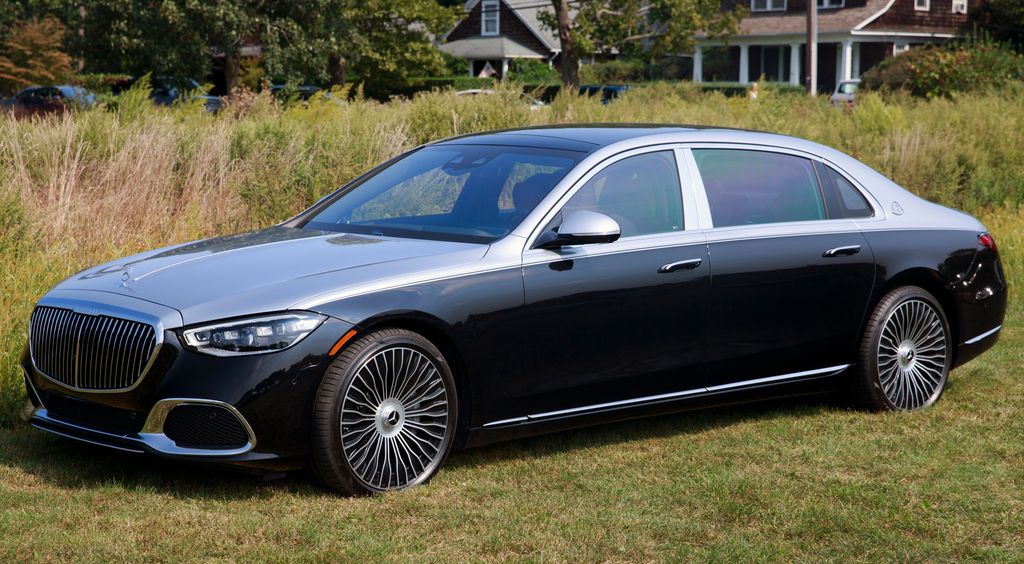
12. **Leverage Professional & Group Discounts**Did you know your job, or even your school, could be your secret weapon for cheaper car insurance? Many insurers offer specialized discounts based on your profession or affiliations. It’s like a little thank-you for being part of certain groups that insurance companies consider lower risk or just want to attract.
For instance, the context highlights that “firefighters and scientists earn the steepest professional discount of 13%,” potentially saving “up to $255 annually on a full coverage insurance policy.” But it’s not just these heroes and brainiacs; other professions can also qualify. Progressive, for example, offers up to a 13% discount for civil servants, while GEICO gives a 9% discount.
This is why it’s absolutely crucial to not only ask about standard discounts but also specifically mention your job, alma mater, or any professional organizations you belong to when getting quotes. You never know what hidden savings might be waiting for you. Don’t be shy – your career might just be your wallet’s best friend!
Read more about: Unlock Incredible Savings: 14 Expert Phrases to Negotiate a Lower Price on Anything

13. **Score Big with Good Student Discounts**Calling all students (and parents of students)! If you’re hitting the books hard and acing those exams, your academic prowess could translate into serious savings on car insurance. Young drivers typically face higher premiums, but a strong report card can be a fantastic way to offset those costs.
Many insurers offer “good student discounts” as a way to reward responsible young individuals. To qualify, students generally need to maintain a certain GPA (often a ‘B’ average or higher). Some companies, like GEICO, boast a “smart student discount” of 15%, while Progressive’s good student discount starts at a solid 5%. Every percentage point helps, especially when insurance can be a major expense for younger drivers.
Beyond just good grades, some companies offer “student away at school discounts” if a student lives a certain distance from home without their car. These discounts are not only a smart financial move but also a great incentive for students to keep their grades up! So, if you’re hitting the books, make sure your insurer knows it.
Read more about: Guard Your Golden Years: 14 Unexpected Expenses That Could Derail Your Retirement Budget

14. **Boost Your Credit Score**Okay, stick with us on this one, because it might seem a little out of left field: your credit score can seriously impact your car insurance rates. While it might feel like your credit history has nothing to do with your driving ability, “in most states, insurance companies can use your credit score to calculate your car insurance premium.”
Here’s the deal: insurers often use credit-based insurance scores as a predictor of how likely you are to file a claim. The general assumption is that individuals with higher credit scores tend to be more responsible overall and, therefore, less likely to make frequent or costly claims. This means “drivers with excellent credit pay the lowest rates, whereas drivers with poor credit pay higher rates.”
And we’re not talking about small change here. Drivers with poor credit could pay “79% more compared to those with good credit, which translates to an average increase of more than $1,500 per year.” Yikes! While some states like California, Hawaii, Massachusetts, and Michigan don’t allow this practice, for most of us, improving our credit score is a long-term savings strategy that definitely pays off. It’s a powerful incentive to keep those financial ducks in a row.
Read more about: Beyond the Battlefield: 14 Essential War Movies You Need to Experience Again and Again
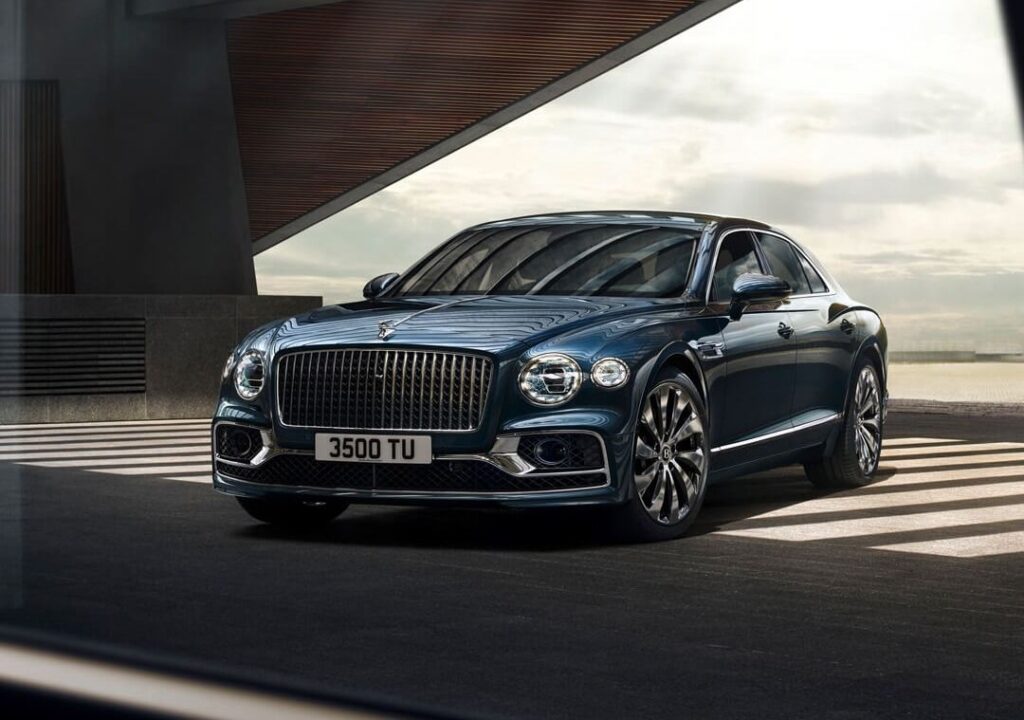
15. **Take a Defensive Driving Course**Want to show your insurer you’re serious about safety? Sign up for a defensive driving course! This isn’t just about becoming a better driver (though that’s a huge plus for everyone on the road); it’s a proven way to unlock additional discounts on your car insurance.
These courses are designed to sharpen your driving skills, teaching you techniques for handling hazardous road conditions, avoiding collisions, and making safer decisions behind the wheel. Insurers love proactive drivers who invest in reducing their risk, and they’re often willing to reward that effort. It’s about demonstrating your commitment to accident prevention, which directly translates to lower risk in their eyes.
Many car insurance companies “will award drivers who take an approved defensive driving course with a discount, often between 5% to 10%.” While some discounts may apply only to drivers over a certain age depending on the insurer and state, it’s always worth checking. Not only will you gain valuable skills and peace of mind, but you’ll also be putting more cash back into your pocket. It’s a win-win-win!
Read more about: The $15.8 Million Presidential Custom Fleet: A Deep Dive into High-Security Transportation and Campaign Operations
So there you have it! Fifteen simple, actionable ways to lower your car insurance premiums and keep more money where it belongs – in your bank account. From strategic shopping and clever bundling to boosting your credit score and embracing smart tech, these tips are your ultimate roadmap to significant savings. Remember, your car insurance doesn’t have to break the bank. With a little legwork and a lot of savvy, you can transform those daunting premiums into a delightful discount dance. Go forth and save, you smart driver, you!


